Tradition: Arlee Celebration in its 115th year
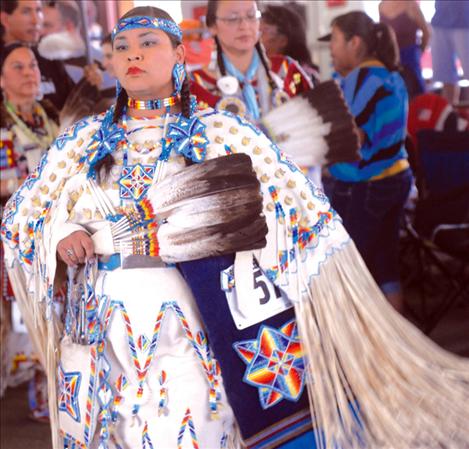
Berl Tiskus
Beads and white buckskin clothe a powwow dancer as she regally enters the dance floor at the Arlee Celebration.

Berl Tiskus

Berl Tiskus

Karen Peterson photo
Louie Paul and his son wait for the grand entry at the Arlee Celebration.

Berl Tiskus

Berl Tiskus
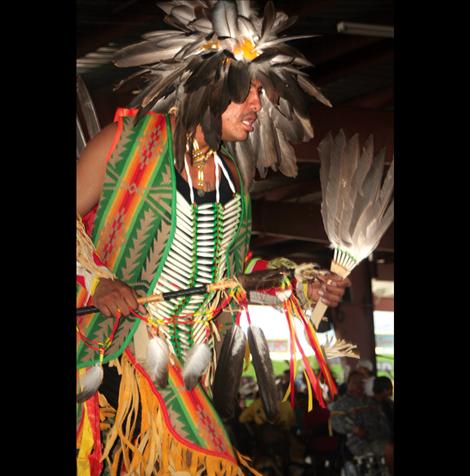
Karen Peterson photo
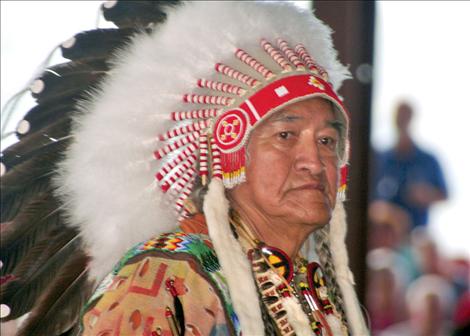
Karen Peterson photo
Steven Small Salmon dances for his culture at the Arlee Celebration. He remembers the celebration in years past.

Karen Peterson photo
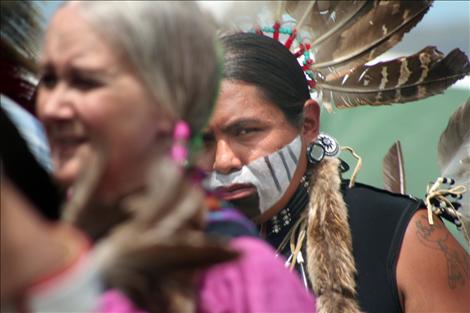
Karen Peterson photo
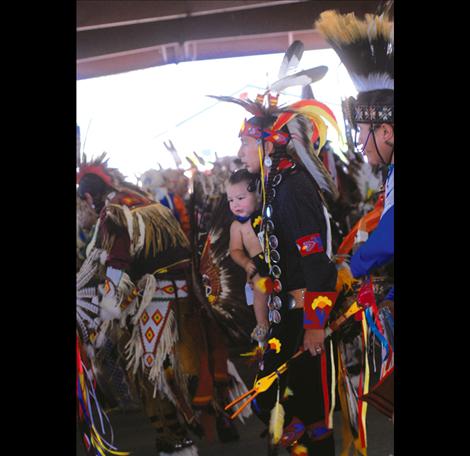
Berl Tiskus

Berl Tiskus

Berl Tiskus

Berl Tiskus
Families stand in line together at the 115th Arlee Celebration as they wait for the grand entry.

Berl Tiskus

Berl Tiskus
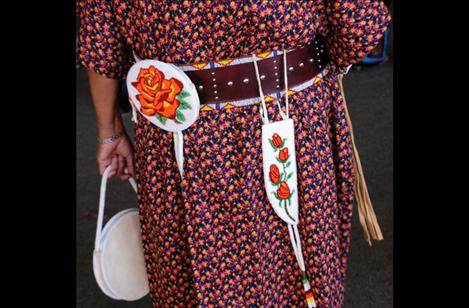
Berl Tiskus
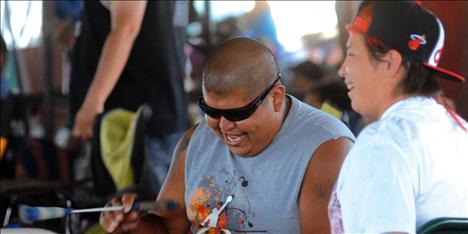
Berl Tiskus
Drummers enjoy a laugh together as they prepare to play for dancers.
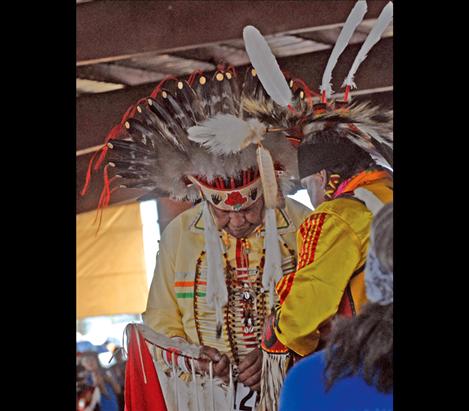
Berl Tiskus

Berl Tiskus
Dancer Douglas Pierre looks for an opening in the dancing crowd at the Arlee Celebration.
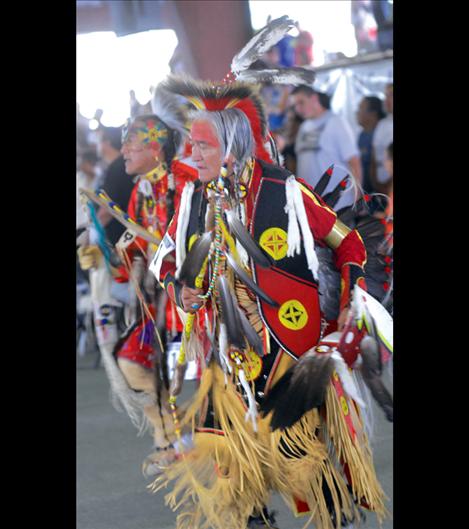
Berl Tiskus
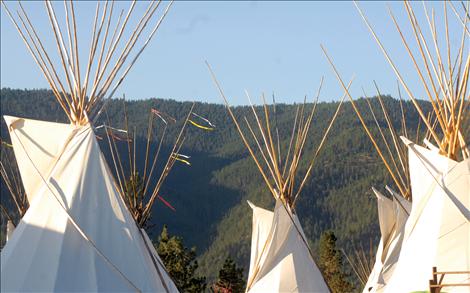
Berl Tiskus
Issue Date: 7/10/2013
Last Updated: 7/10/2013 8:37:22 AM |
By Karen Peterson for the Valley Journal
Keep Reading!
You’ve reached the limit of 3 free articles - but don’t let that stop you.
















